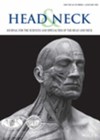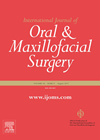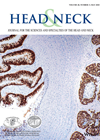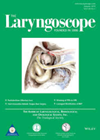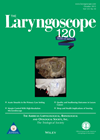
Journal Reviews
Reducing the risk of Frey’s syndrome after parotidectomy – which methods are best?
Gustatory sweating or Frey’s syndrome is a well-recognised complication of parotid surgery. The reported incidence is highly variable, from 4% to 96%, with around 30% of patients reporting symptoms. A number of intraoperative techniques can be used to reduce the...
Clinical histopathology of 250 parotidectomy patients
Clinical histopathology of 250 parotidectomy patients This is a retrospective study of 250 consecutive parotidectomy patients at units in Belgium and the Netherlands. The sensitivity and specificity of FNAC was 64% and 99% respectively, the sensitivity being slightly lower than...
Applying ‘Sal classification’ to parotid cytology to replicate the success of the Thy classification system
The usefulness of the Thy classification in thyroid gland disease has led to attempts to generate a similar cytology classification for parotid lesions. However, the accuracy of fine-needle aspiration cytology in salivary gland disease is more variable because of the...
We should all use ultrasound-guided core needle biopsy when investigating salivary gland lesions
Ultrasound core needle biopsy of salivary glands is an excellent diagnostic tool in terms of accuracy (both sensitivity and specificity), technical performance, and safety profile. This paper provided an update of the previous meta-analysis of the same question, which found...
Botox application for drooling shrinks salivary glands
The large majority of sialorrhoea (drooling) in paediatric patients is managed conservatively. However in severe cases, often where there is associated developmental delay or a motor disorder, medical and surgical techniques can be used to decrease salivary flow. Botulinum toxin...

